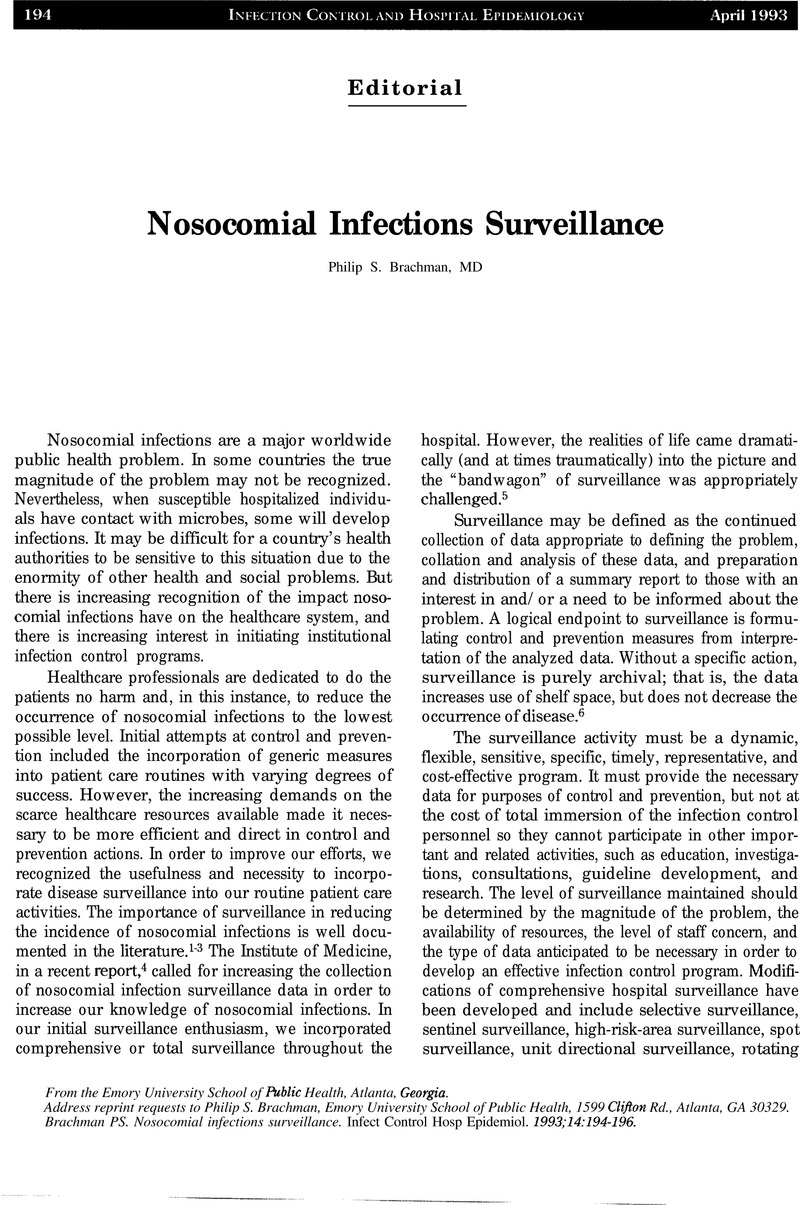Crossref Citations
This article has been cited by the following publications. This list is generated based on data provided by Crossref.
Baker, Carol
Luce, Joanna
Chenoweth, Carol
and
Friedman, Candace
1995.
Comparison of case-finding methodologies for endometritis after cesarean section.
American Journal of Infection Control,
Vol. 23,
Issue. 1,
p.
27.
Valinteliene, R.
Jurkuvenas, V.
and
Jepsen, O.B.
1996.
Prevalence of hospital-acquired infection in a Lithuanian hospital.
Journal of Hospital Infection,
Vol. 34,
Issue. 4,
p.
321.
Baker, Ona G.
1997.
Process surveillance: An epidemiologic challenge for all health care organizations.
American Journal of Infection Control,
Vol. 25,
Issue. 2,
p.
96.
Oğuz, Ş.S.
Ünlü, S.
Saygan, S.
Dilli, D.
Erdoğan, B.
and
Dilmen, U.
2010.
Rapid control of an outbreak of Pseudomonas putida in a tertiary neonatal intensive care unit.
Journal of Hospital Infection,
Vol. 76,
Issue. 4,
p.
361.



